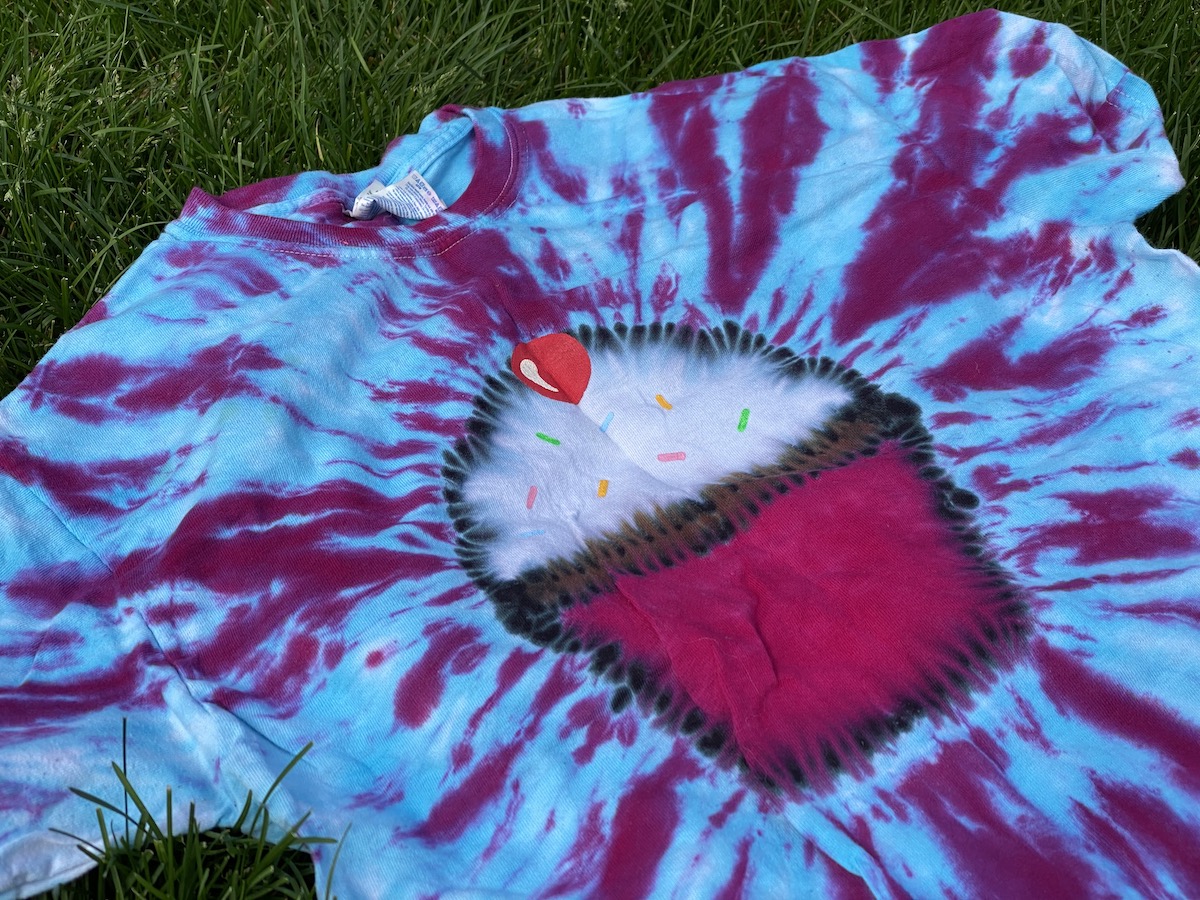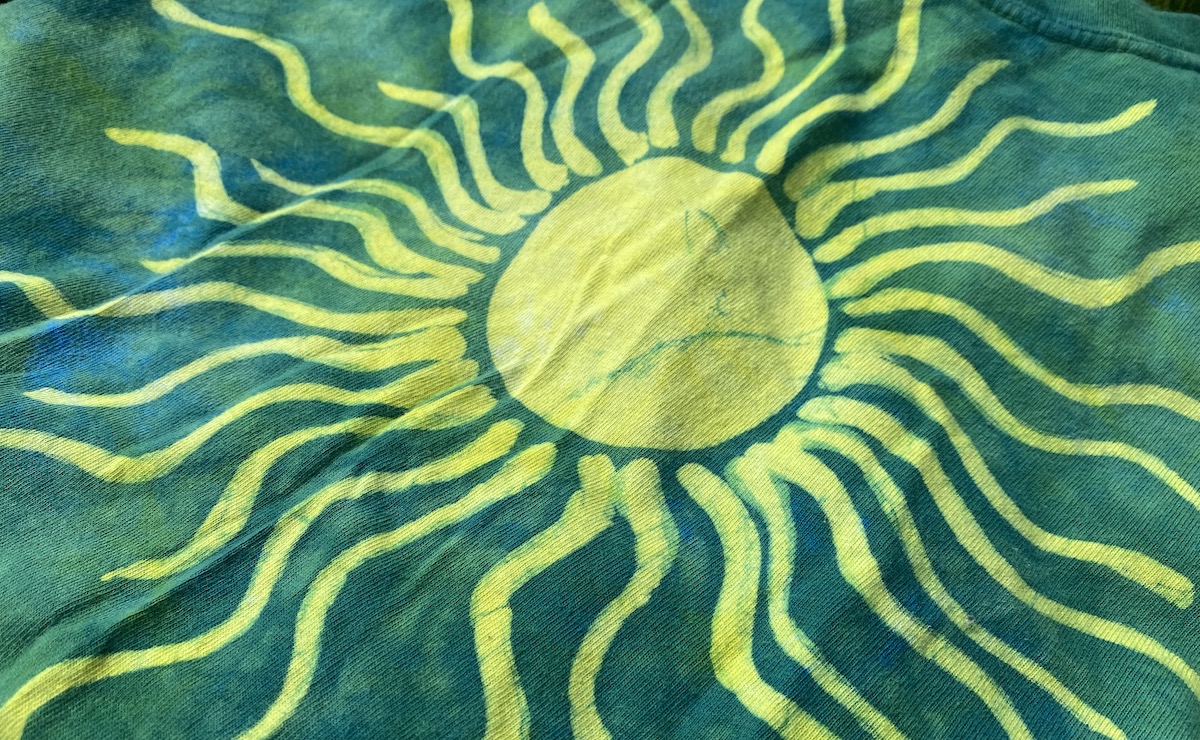Tie-dye is trending. With just a quick look at almost any online clothing store, you’ll find tie-dye garments and clothing that fill the page. But, for art teachers (at least this art teacher), tie-dye is not just a trend. For many art teachers, it’s a process we often introduce to our students. It’s exciting, fun, and a great way to teach students about wearable art.
Tie-Dye in the Classroom at a Glance
If you know the basics of tie-dye, you are probably familiar with folding techniques like a spiral, v-shape, or crumple design. There are countless ways to make tie-dye designs. All of these options make the process so much more exciting! If you’re looking for an activity to try yourself, with your family, friends, or as inspiration for your students, here are six exciting tie-dye techniques you might want to try.
For more information on the tie-dye techniques, check out this PRO Learning Pack. Additionally, if you’re interested in the basic set-up and materials needed for the tie-dye process, you can find a complete guide here.

1. Reverse Tie-Dye
In the traditional tie-dye process, the dye is added to the fabric to create a colorful design. In this reverse tie-dye technique, bleach is the substance creating the design. Start by tying your shirt in the desired shape. From here mix a solution of one part water and one part bleach. Apply the bleach solution to the fabric and let sit for 5-20 minutes. It’s important to check in on this process frequently as bleach sitting too long on fabric can create distressing and holes. Once you reach the desired bleach effect, wash and dry the garment as usual.

It’s important to note that natural fibers work best for this process. Fabrics with polyester will reduce the success of the reverse dye effect. Additionally, some fabrics made of 100% natural fibers, like cotton, may not bleach. It depends on how the colored dye fuses to the natural fibers. In some instances, the dye latches to the fibers so strongly that bleach does not affect the material.
You should also note that bleaching should be done in a well-ventilated area or outside. For a bonus effect, you might even try adding dye into the bleached areas.
2. Ice Dye

Ice tie-dying creates a painterly, watercolor-like effect. The process is almost like the traditional tie-dye process with one added ingredient—ice. To achieve this effect, tie your fabric in the desired design and cover the fabric entirely with ice. Apply your liquid dye on top of the ice. As the ice melts, it will start creating an interesting effect on the fabric. Wait approximately twelve hours before washing and drying.
3. Dying a Colored T-Shirt

Typically, tie-dye is done on white garments, but you don’t need to be limited! If you’re looking to try a new technique, start with a colored fabric instead of white. Keep in mind color contrasting and mixing rules. If you try to dye a black piece of fabric yellow, nothing is going to happen. If you take yellow fabric and dye it blue, the finished result will appear green with hints of the original yellow material peeking through.
4. Create a Shape

While folding the fabric is an art in itself, tie-dye designs are not limited to abstract and geometric designs. Tie-dye artists can create defined, intricate designs with recognizable shapes and features. If you’re looking for an added challenge, try creating a more defined shape. You can do this by drawing your design with a washable marker, carefully folding around your design, and applying the dye in the desired areas. This heart design is a great place to begin if you’re new to creating shapes.
5. Tie-Dye A Graphic Tee

As art teachers, we are no strangers to staining our clothes. Isn’t it the worst when you accidentally ruin one of our favorite pieces of apparel?! Or, how about a dingy white t-shirt that has seen better days? How many graphic tees from your school or event do you have? From time to time our clothing needs a little bit of life breathed into it. Instead of tossing or donating those items, try repurposing them with a little bit of tie-dye. This is an excellent way to wear what you already have while creating an entirely new piece for your wardrobe.
6. Glue Resist

Have you ever wanted to test out the batik process, but don’t have the time or materials? This resist process can create a batik-like look by just using the traditional tie-dye process and washable glue. To begin, spread out the fabric you are using and place a barrier like wax paper or a plastic trash bag under the fabric. If using a t-shirt, place it inside the shirt. Next, using washable glue, create any design you would like. Let the glue dry completely (wait overnight to be safe), and apply the dye. Because your fabric already has the glue element as a design, you can apply dye directly without tying it into a design first. Wait twelve hours after applying the dye, then begin rinsing and peel the washable glue off the fabric. From here, wash and dry the fabric as usual.
Whether you’re trying the tie-dye process for the first time or testing out different techniques, now is the perfect time to give it a go! Test out one of these six techniques to diversify your tie-dye practice.
What is your favorite tie-dye technique?
Do you tie-dye with your students? What’s your favorite part of that process?
Magazine articles and podcasts are opinions of professional education contributors and do not necessarily represent the position of the Art of Education University (AOEU) or its academic offerings. Contributors use terms in the way they are most often talked about in the scope of their educational experiences.






